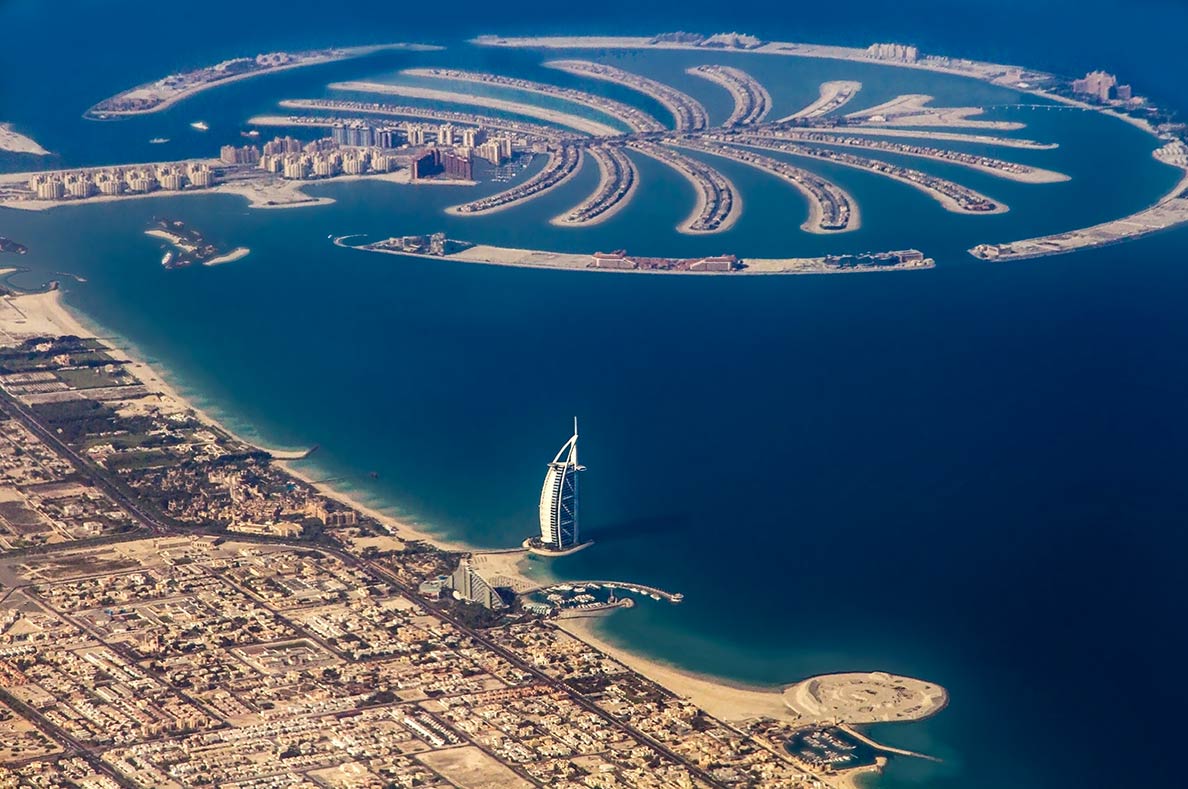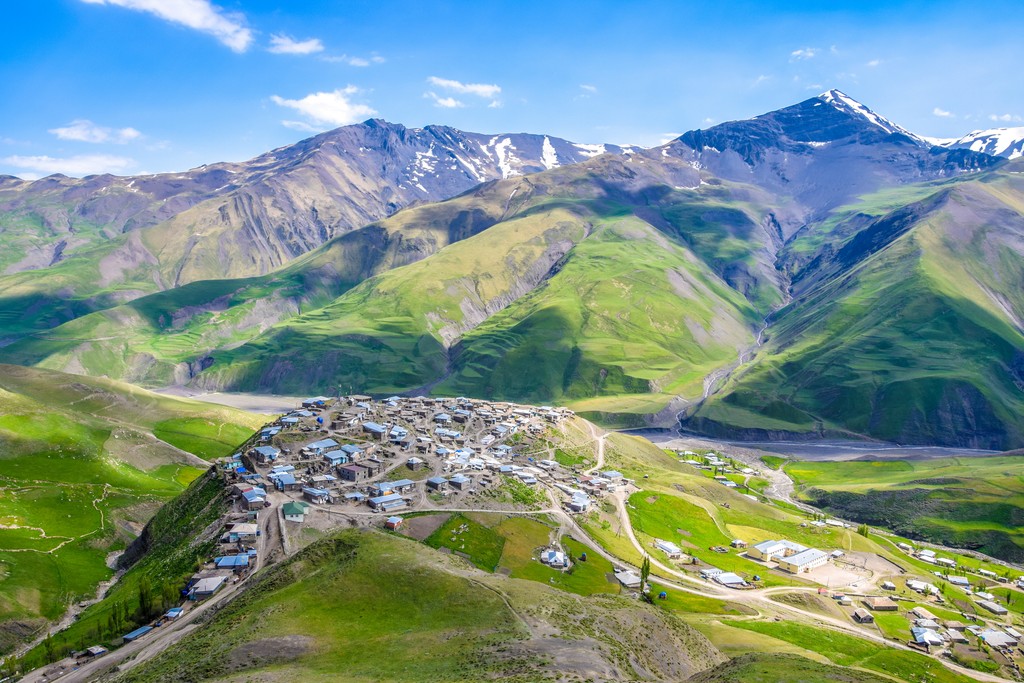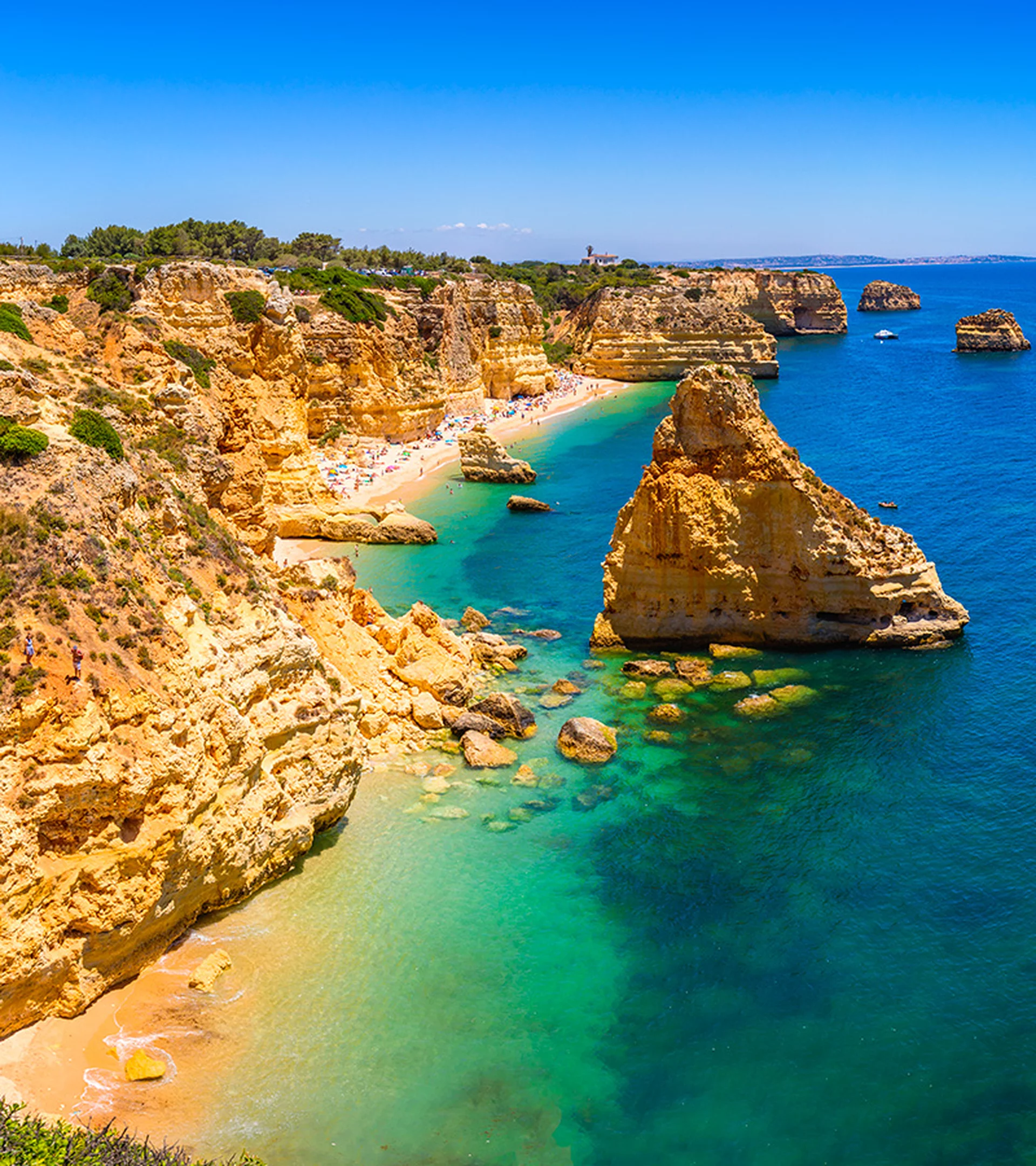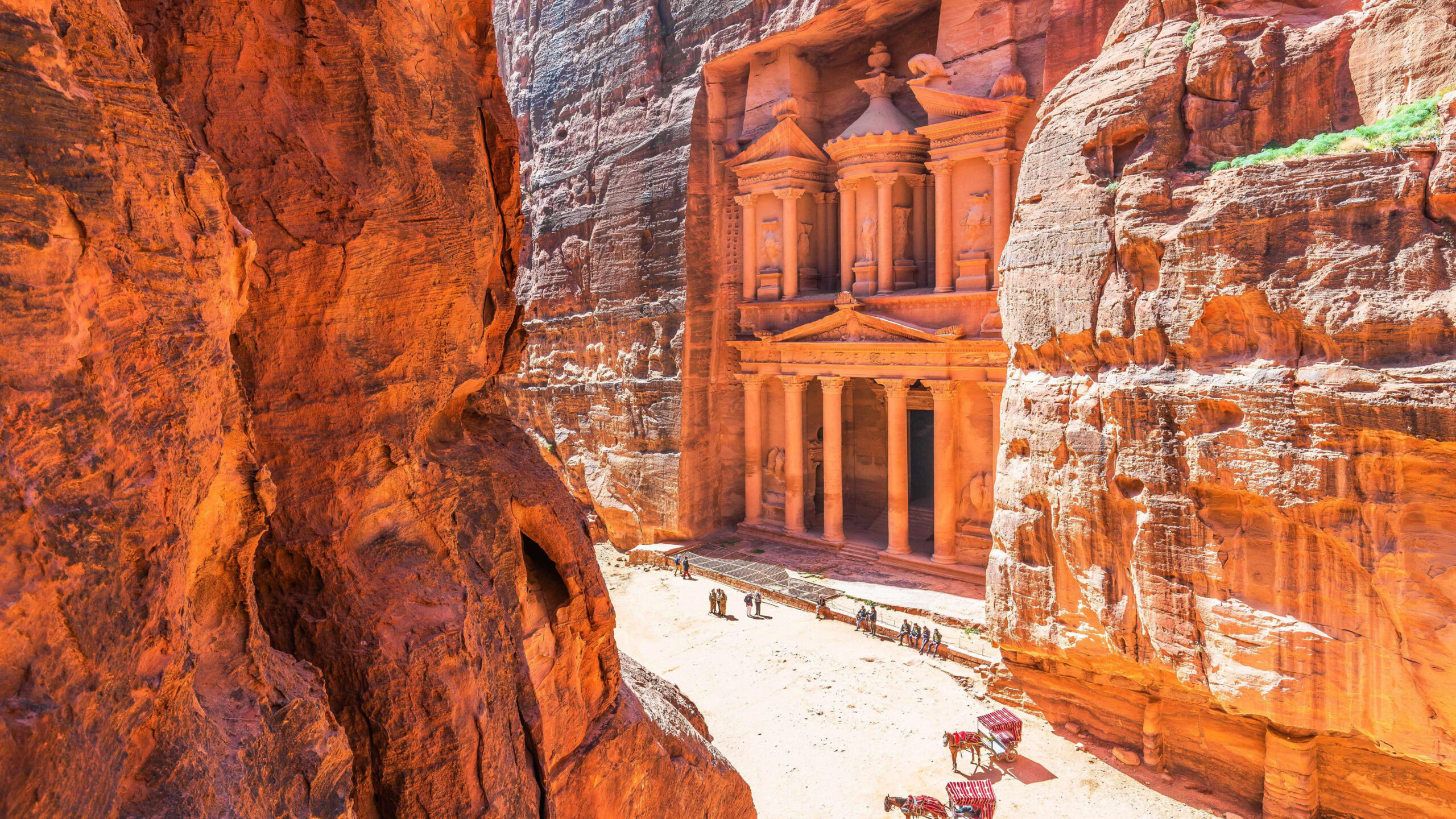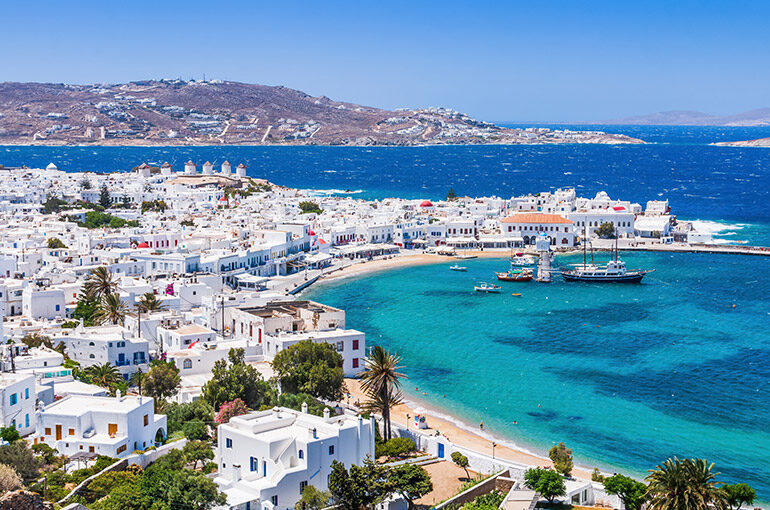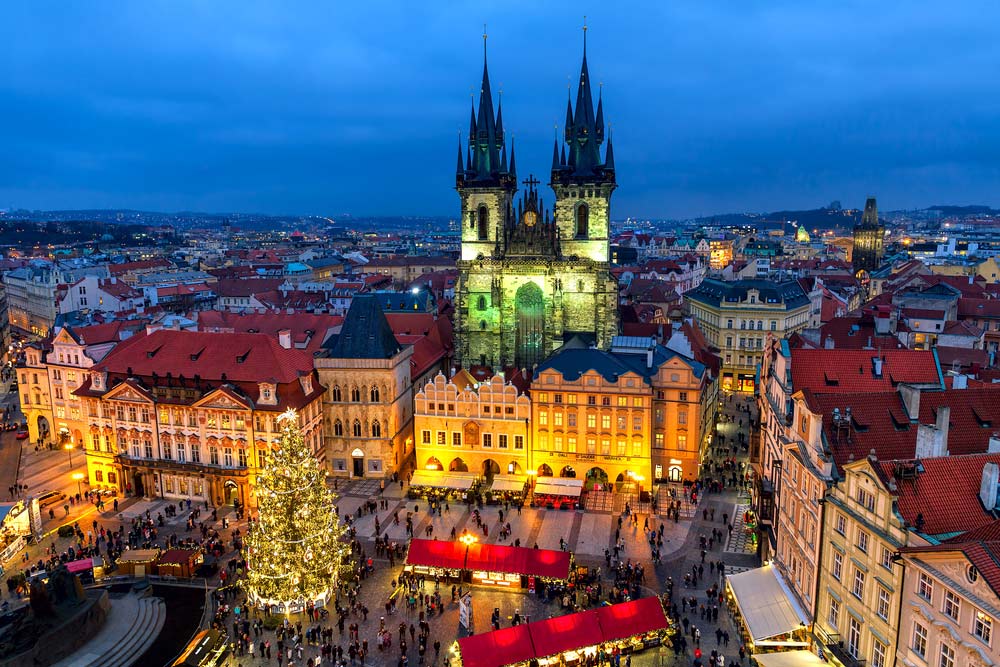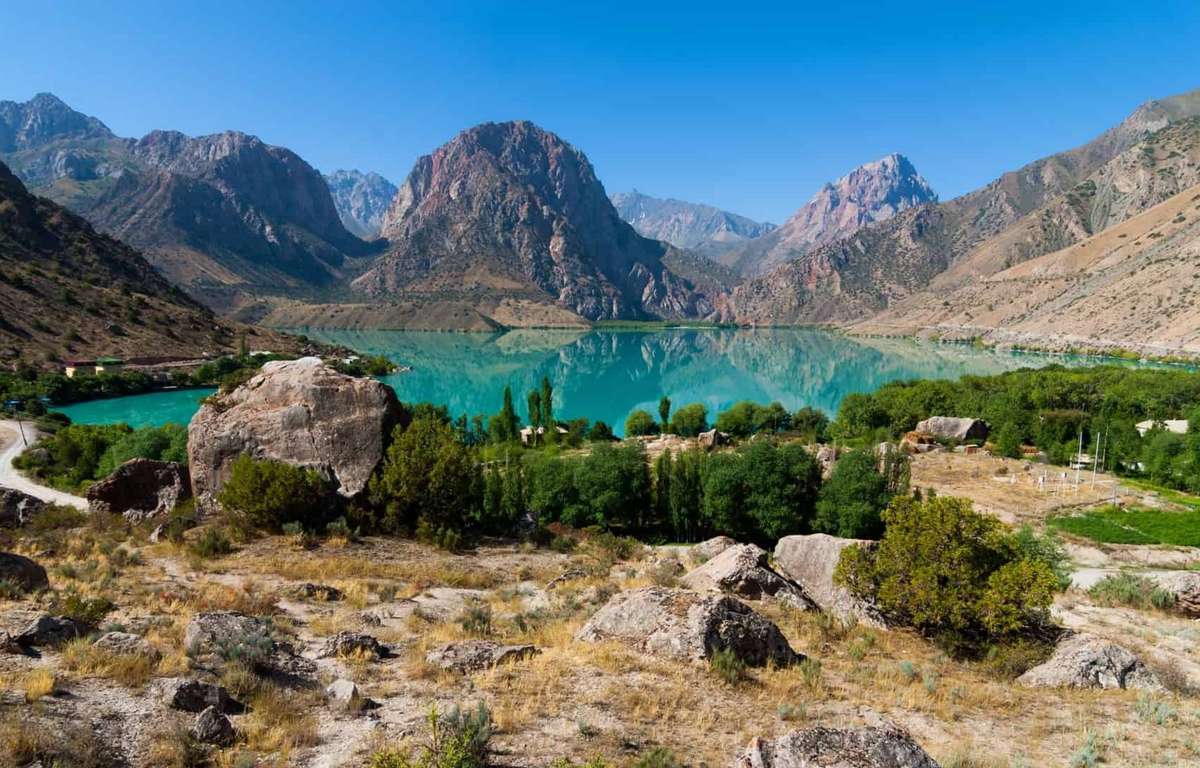
Over 9 million people call Tajikistan home, with Tajiks forming the majority ethnic group. The country’s history stretches back thousands of years, marked by influences from various empires including the Achaemenids, Samanids, and the Timurids. Islam is the dominant religion, shaping Tajik culture and traditions.
Despite its mountainous terrain, Tajikistan is a developing nation with an economy largely focused on agriculture, particularly cotton production. Tourism is a growing sector, with visitors drawn to the country’s stunning mountain scenery, historical sites like the ancient city of Penjikent, and traditional crafts like carpet weaving.
What’s the public’s verdict? Share your thoughts and discuss below!

